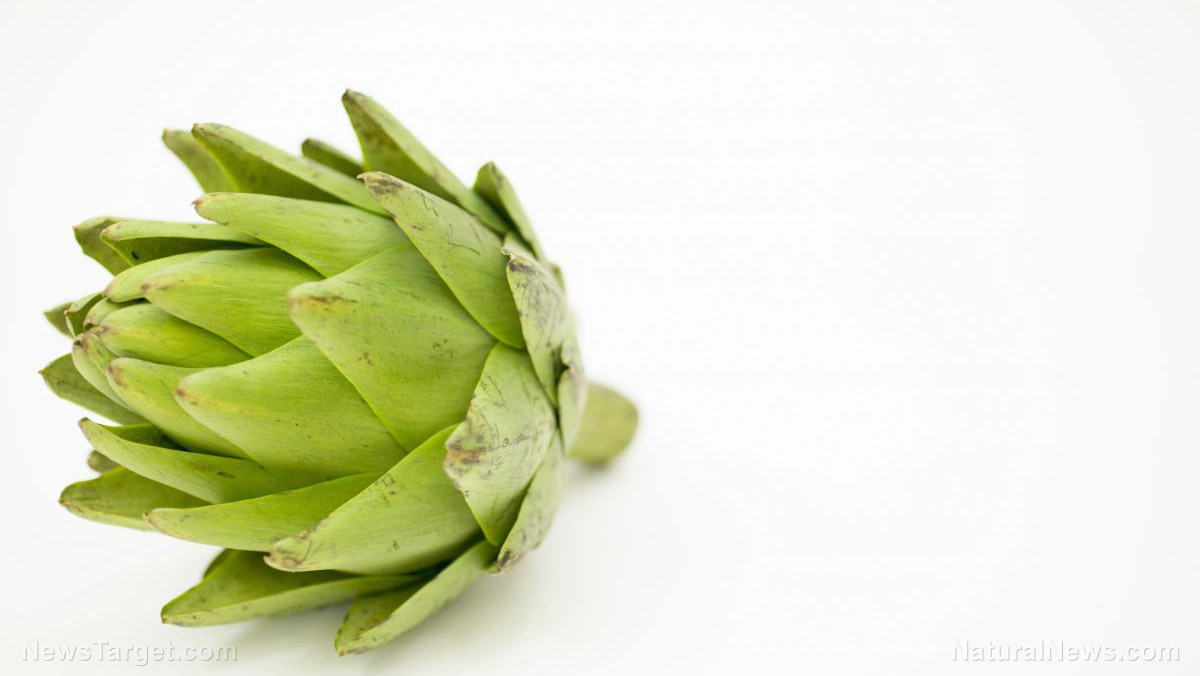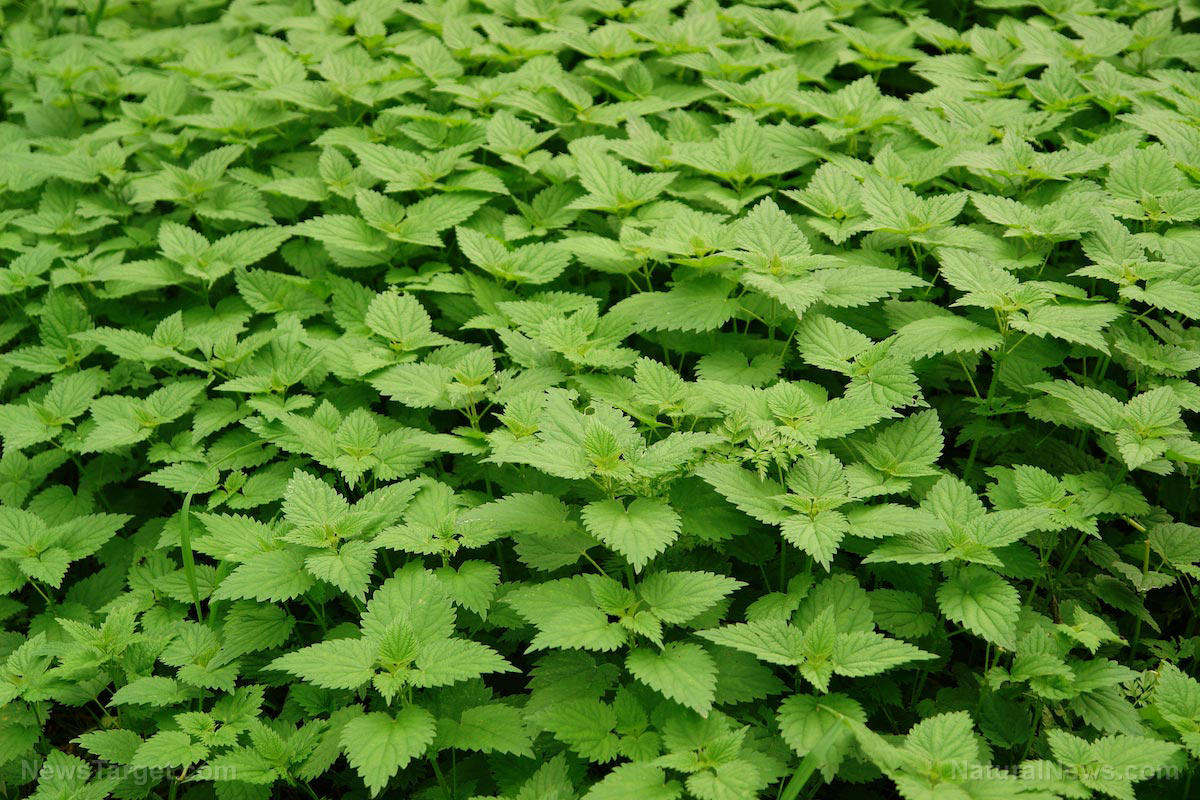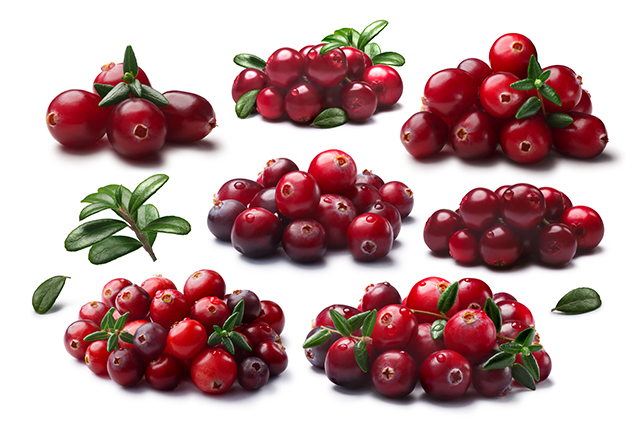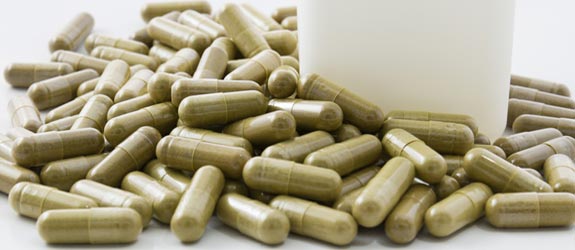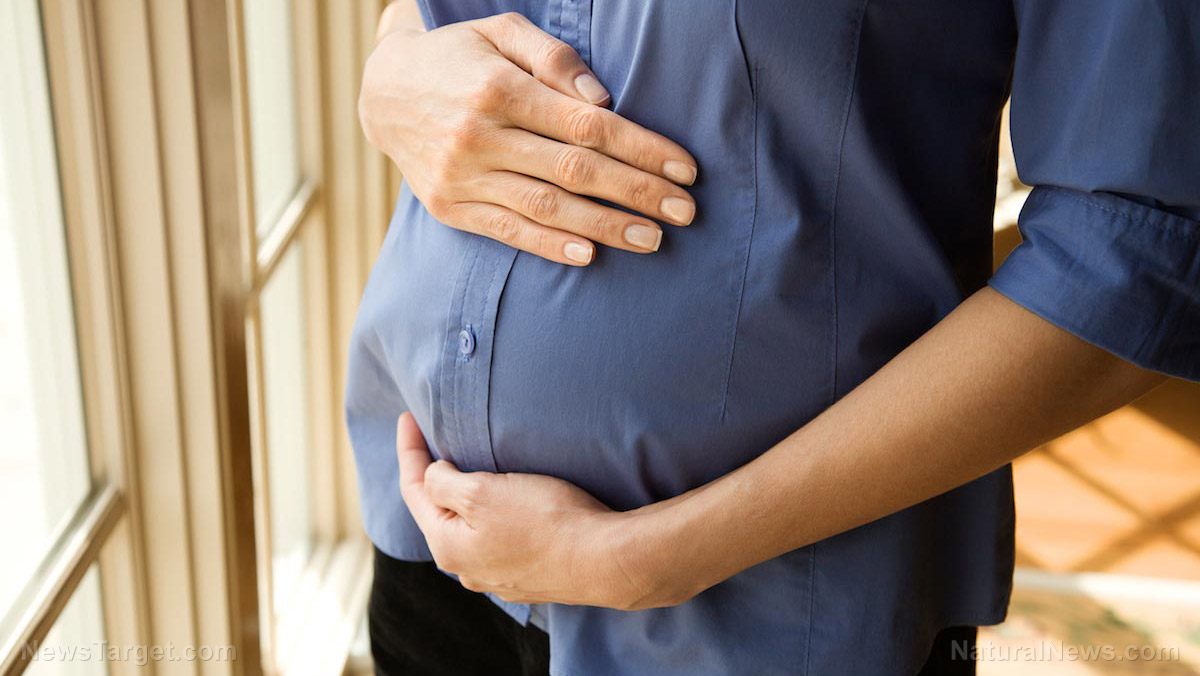Extracts from aegle marmelos fruit found to prevent diabetes complications
07/06/2018 / By Edsel Cook
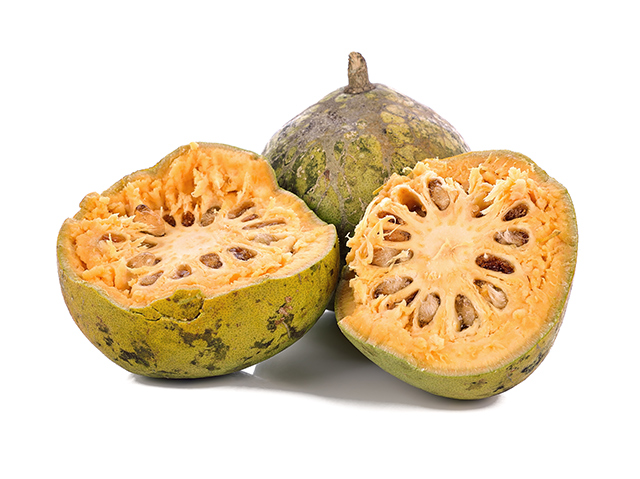
A Pakistani study indicated that extracts from the fruit of the Aegle marmelos could inhibit complications connected to diabetes. In an experimental model involving rats, the fruit extract was shown to modulate the function of β-cells in the pancreas, thereby preventing the creation of advanced glycation end-products linked to the disease.
Researchers from the University of Karachi led the study, and findings were published in BMC Complementary and Alternative Medicine.
- Diabetic rats received oral doses of 400 milligrams per kilogram (mg/kg) of A. marmelos extract. After 42 days, they were sacrificed so that samples of their blood and kidneys could be analyzed.
- The extract was shown to improve the functions of β-cell and protect the integrity of those cells in the pancreas of diabetic rats. These effects led to marked improvements in serum insulin levels.
- A. marmelos treatment inhibited the production of HbA1c hemoglobin associated with diabetes. It also attenuated the levels of advanced glycation end-products (AGE) that circulated through the bodies of the diabetic rats.
- Examination of the kidneys showed that the treatment reduced the accumulation of AGEs in Bowman’s capsule and the tubular basement membrane around the kidney arteries of diabetic rats. It also inhibited the formation of AGE receptors in those same areas.
- A. marmelos extract displayed high levels of antioxidant activity for both in vitro and in vivo systems.
The researchers noted that the A. marmelos extract contains eugenol, which greatly reduces blood glucose levels and improves the secretion of insulin. They believe this active compound plays a big part in preventing the complications associated with diabetes.
The full text is available online.
Journal Reference:
Hafizur RM, Momin S, Fatima N. PREVENTION OF ADVANCED GLYCATION END-PRODUCTS FORMATION IN DIABETIC RATS THROUGH BETA-CELL MODULATION BY AEGLE MARMELOS . BMC Complementary and Alternative Medicine. 2017;17(1). DOI: 10.1186/s12906-017-1743-y.
Tagged Under: Aegle marmelos, alternative diabetes treatment, alternative diabetes treatments, antioxidant, antioxidant activity, antioxidants, Bael, diabetes, diabetes prevention, eugenol, herbal diabetes treatment, herbal medicines, Indian herbal medicine, insulin

